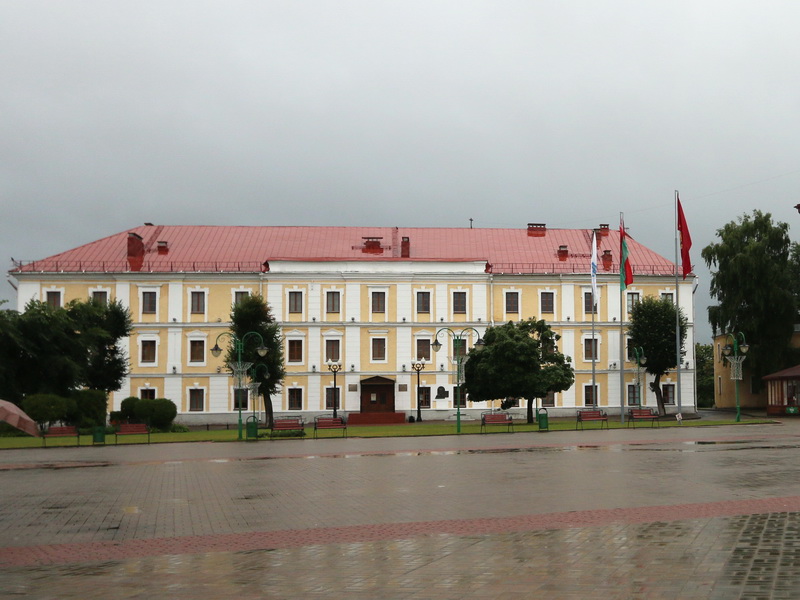History
The official start date of the Mogilev District Court’s operations is December 8, 1883. It served the entire Mogilev province, which fell under the jurisdiction of the Kiev Judicial Chamber. The court’s structure was extensive: it included a chairman, court members, prosecutors, investigators, notaries, bailiffs, and attorneys — all organized in accordance with the judicial standards of the Russian Empire. In the early 20th century, additional positions were introduced, such as an archivist and county court members who acted as justices of the peace in remote districts. Even during revolutionary upheavals, the court continued to function, and it was only officially dissolved in November 1918. Afterward, the building came under Soviet administration and has been preserved to this day.
Architecture
The building of the Mogilev District Court was constructed in the style of late classicism with elements of eclecticism, typical of the administrative architecture of the Russian Empire. It is distinguished by its austere facades, symmetrical composition, and monumental appearance. The spacious halls, once used for court hearings, are now museum spaces that recreate the atmosphere of the late 19th to early 20th centuries. The architecture attracts not only historians and architects but also everyone interested in Belarus's rich cultural heritage. That is why the building is included in tours from Minsk and in themed tours across Belarus.
Excursions
A visit to the building of the former district court offers a deep dive into the judicial system of the Russian Empire, providing insight into unique cases once heard here and a sense of a bygone era. Today, it is more than just a museum — it is living history revealed through exhibits, archival documents, personal files, period furniture, and courtroom reconstructions. By booking a tour to Mogilev with a stop at this landmark building, you will discover a new facet of the city and connect with its rich past.
